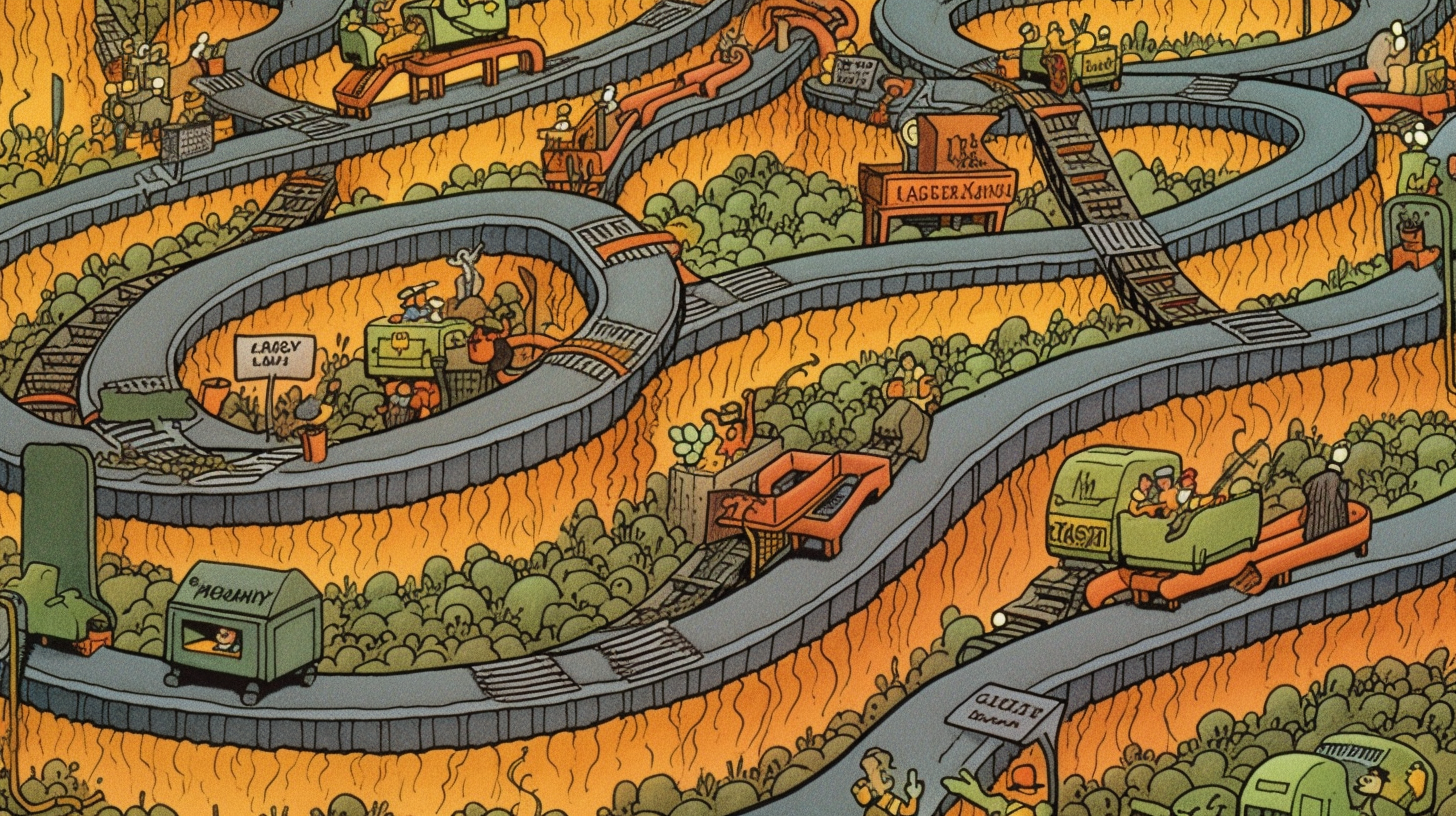This site is an attempt at a down-to-earth explanation of modern AI and machine learning. It isn’t all just ChatGPT! We’re here to learn about what AI and machine learning models are, how to use them, and get a little inspiration from what’s possible.
Unfortunately “what’s possible” is a moving target, so take this all as being ever-so-slightly out of date.
Where to start?
If you’re looking for more background on ML and AI, I strongly recommend heading into What is a model?.
If you’d like to see how to simply and easily build a custom image classifier, explore Training a model. If you have no idea what an image classifier even does, you can learn about that here.
And if you’re just here to explore? Try looking at what can be done with text, or the possibilities of image analysis!
Frequently Asked Questions
What is the difference between machine learning and AI?
There’s a legitimate answer to this, but generally speaking people will call literally anything machine learning-y “artificial intelligence” to seem fancy (just like I’m doing here on this website!). If you’d like to see me stop pretending, check out investigate.ai.
Is there an actual technical differentiation to be made between the two? Absolutely! Does this difference have any sort of meaningful impact on literally anything? Absolutely not!
Is AI going to steal all of our jobs?
In the long run: sure, why not! Hopefully it will support universal healthcare and free school lunches while it’s cementing its power structures.
How good does this need to be before I use it for ____?
You aren’t going to get a number for this (at least not from me).
Instead of focusing on metrics, look at what bad things happen if you’re wrong and plan accordingly. The downsides of a bad AI-generated BuzzFeed quiz is much less daunting than a bad AI-generated medical diagnosis. Design for social robustness.
Doesn’t GPT-4 and the other new stuff surpass all of this?
A few responses to this:
- Sigh, yes, kind of, to a degree.
- Most of these fancy all-powerful multimodal models are currently only found behind paywalls and locked up by mega-corporations (although that sometimes doesn’t last). So it might just depend on how much money you want to spend?
- The more basic, single-task models you’ll find here are usually lighter, faster, and can run easily on your own computer.
If you poke around in the “custom” section you’ll see how we can use GPT etc to speed up the training process of our models, then letting our model take over. It’s like hiring a college kid to tutor a middle schooler.
Why don’t all these pages work?
I got bored!
But if you let me know you like it I’ll be charmed, and then I’ll do things like add sections about how to use each model in Python, links to colab notebooks, and all sorts of other fancy things.
